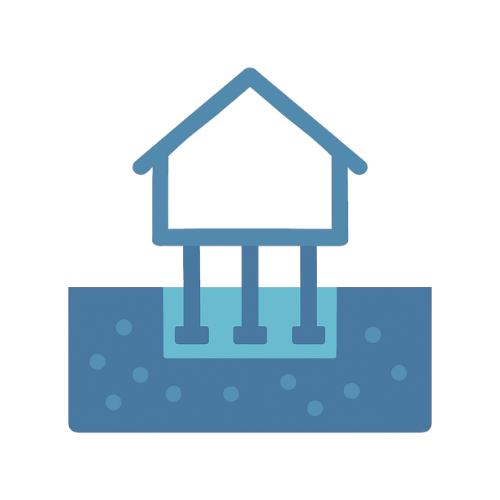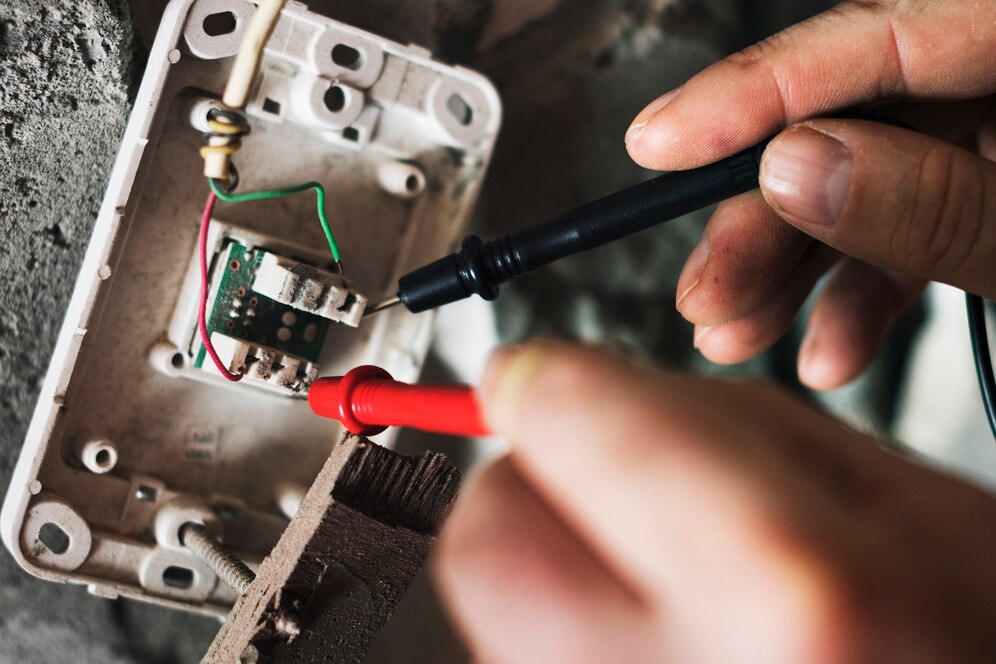The classification of an \”older home\” can spark debate, ranging from any previously inhabited dwelling to those predating significant historical events. Yet, when it comes to electrical concerns, the distinction is clear.
Certain residences constructed or renovated between the early 1950s and late 1970s may feature aluminum wiring, a deviation from the subsequent industry standard of copper. To gauge whether your \”older home\” necessitates electrical attention or upgrades, begin with its construction timeline. Then, watch for unmistakable signs prompting consultation with certified Chico electricians from Experts In Your Home.
The urgency behind addressing these issues isn\’t overstated. Electrical fires in homes result in approximately 51,000 incidents, claiming nearly 500 lives and causing over 1,400 injuries annually, as reported by the Electrical Safety Foundation International. Many of these catastrophes stem from a lack of awareness regarding aluminum\’s inadequacies as an electrical conductor and the failure to undertake essential repairs in older dwellings.
Understanding Aluminum\’s Risks:
Aluminum wiring exhibits traits conducive to hazardous scenarios, notes the International Association of Certified Home Inspectors:
Oxidization tendencies increase the likelihood of wire overheating at connection points. Softness renders aluminum wires prone to nicks and damages, which, in turn, elevate the risk of overheating. Expansions and contractions, especially in response to temperature fluctuations, can loosen connections and impair performance. Vibrations exacerbate connection instability and degradation. Recognizing Warning Signals:
A vigilant inspection of your home\’s wiring is prudent, particularly if it comprises aluminum. While labeling may indicate aluminum wiring, certain observable clues signify impending electrical issues demanding immediate attention:
Smoke or sparks emanating from outlets or switches. Unusual odors emitting from electrical fixtures. Scorch marks or discoloration on outlets, switches, or cover plates. Warmth or warping noticeable on outlets or switch cover plates. Unusual sounds (e.g., buzzing, crackling) near lights or outlets. A tingling sensation upon contact with switches, appliances, or outlets. Presence of frayed wires or loose connections. Dim or flickering lights, along with frequent circuit breaker trips. Abnormalities affecting plug-in lights and appliances. Absence of grounded outlets or ground fault circuit interrupter (GFCI) outlets in moisture-prone areas like bathrooms and kitchens. Seek Professional Assistance:
Promptly notify Experts In Your Home upon identifying any of these red flags, or if uncertainty surrounds the safety of your home\’s electrical system. Electrical issues do not resolve spontaneously; they necessitate meticulous assessment and corrective action by licensed electricians.
Refrain from presuming that an entire rewiring of your older home is inevitable. Solutions such as integrating copper connectors (pigtails) at outlets and circuit breakers, or upgrading switches and outlets, may effectively address concerns associated with aluminum wiring.



























